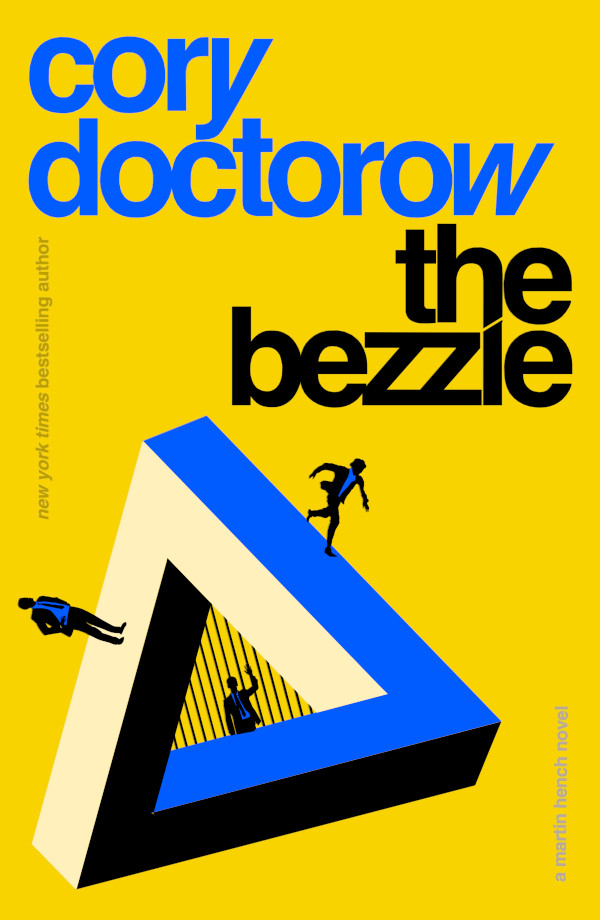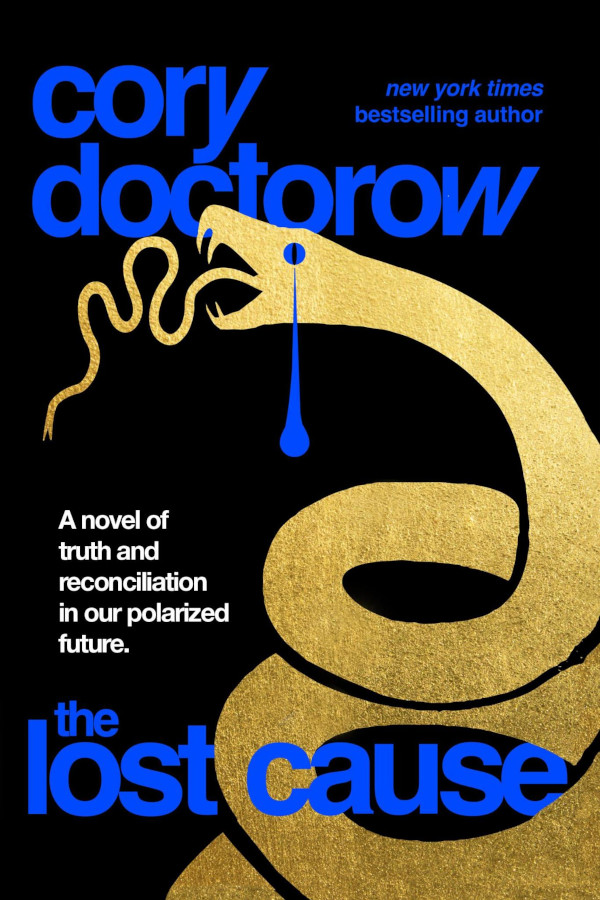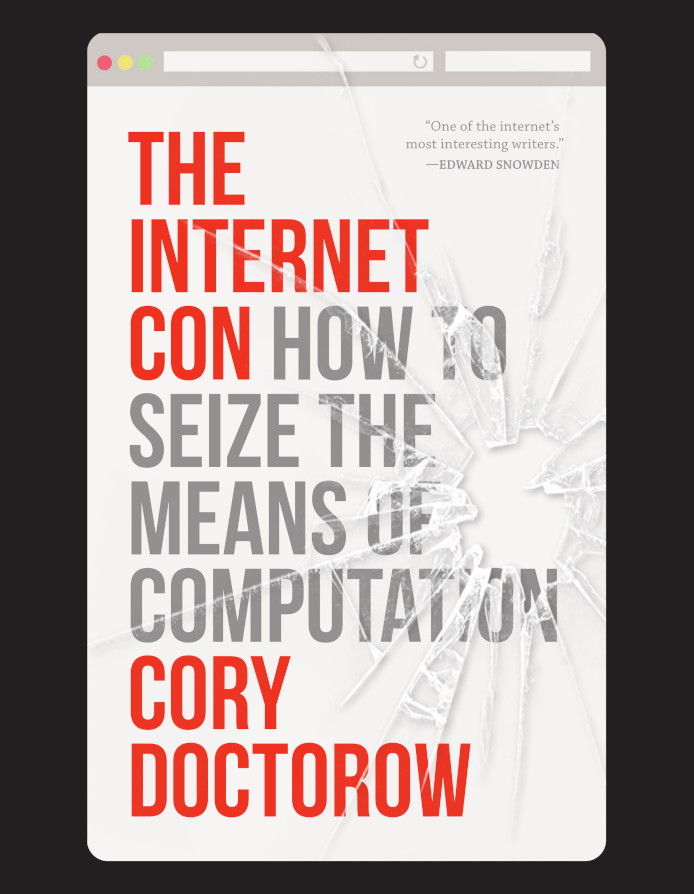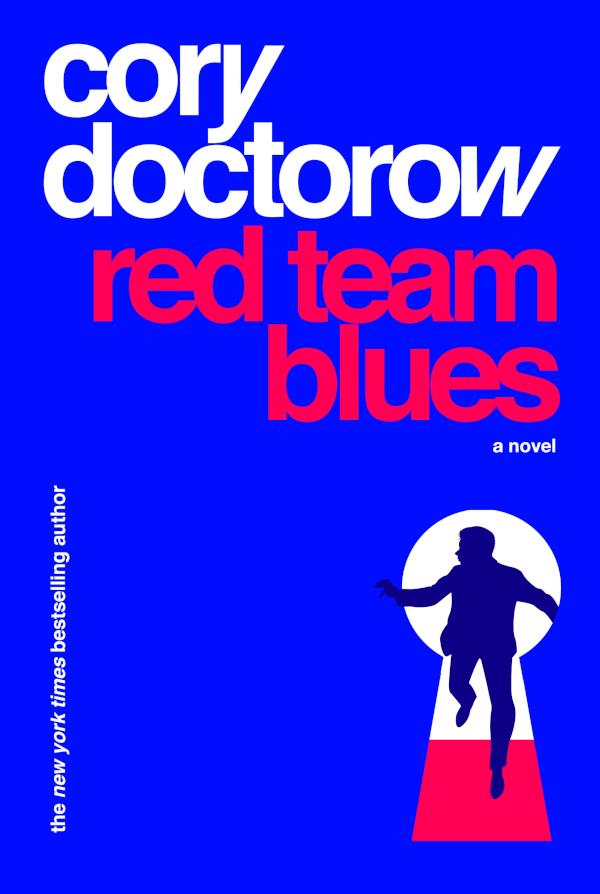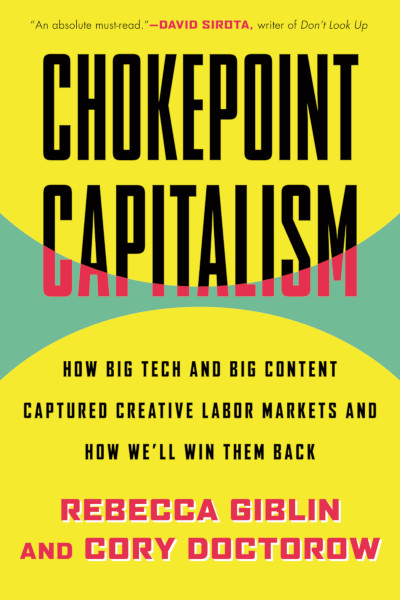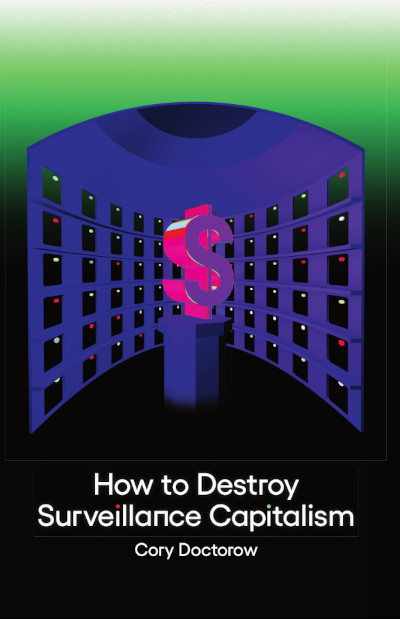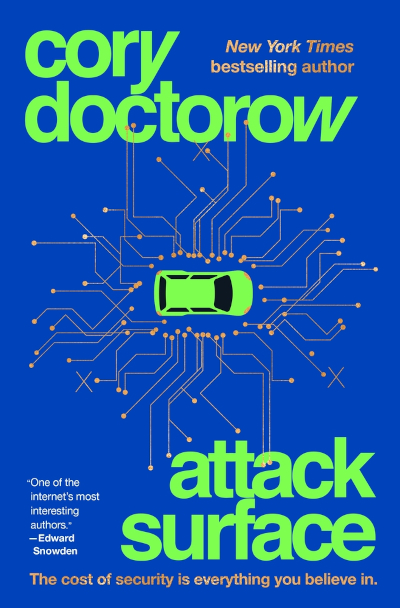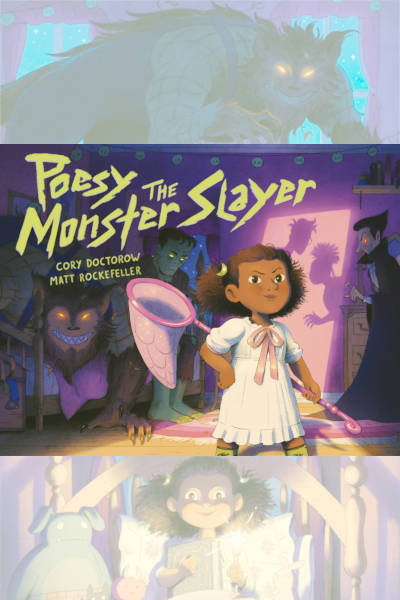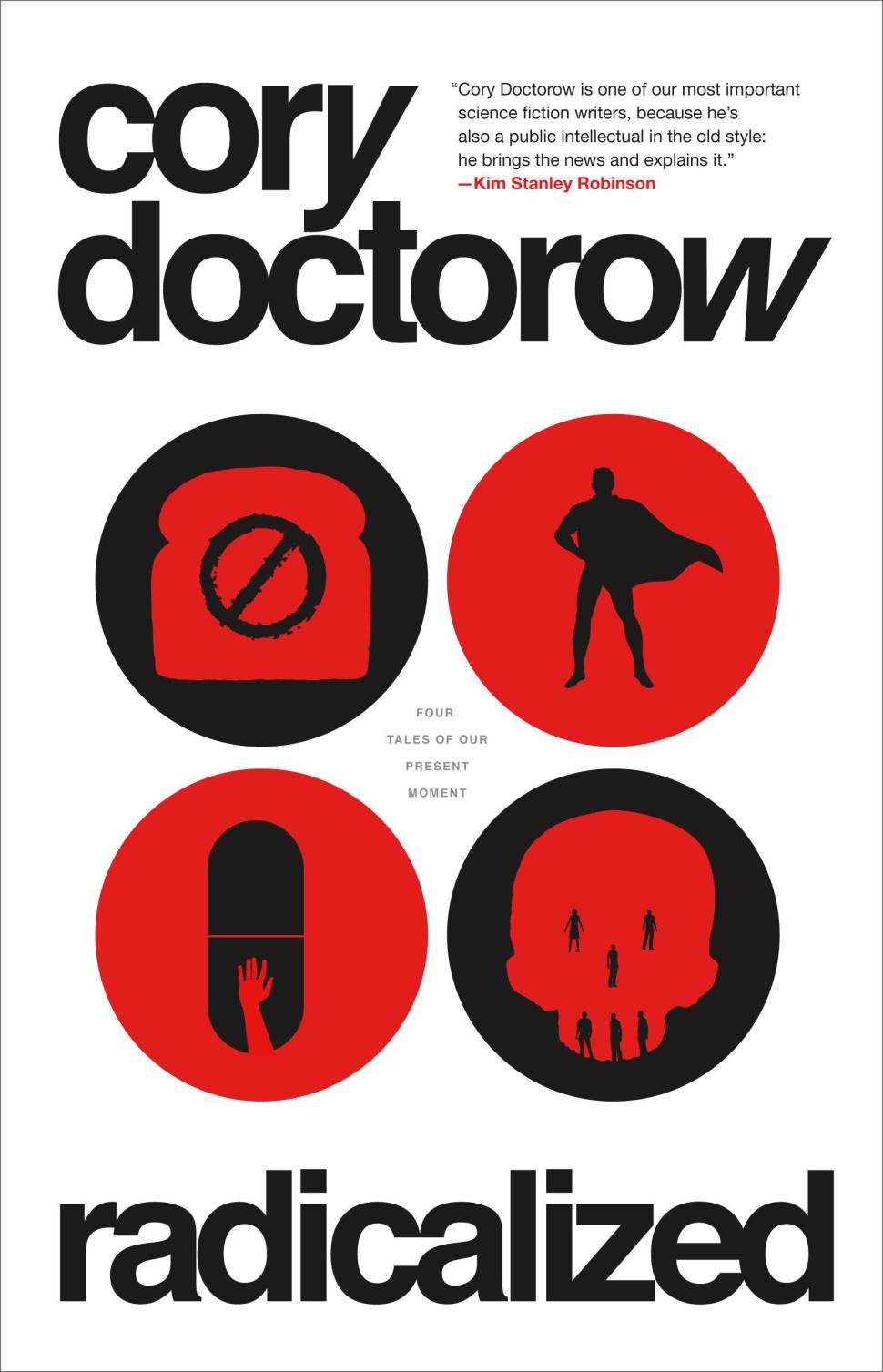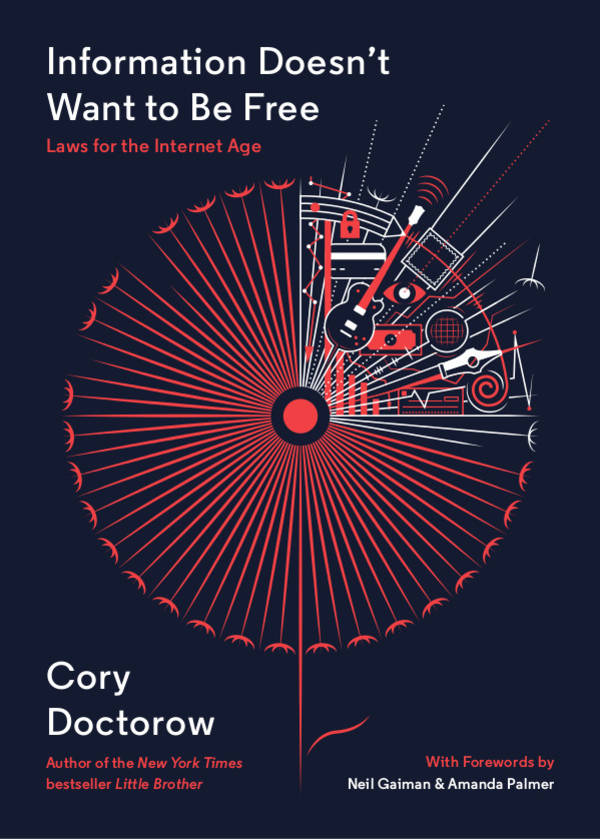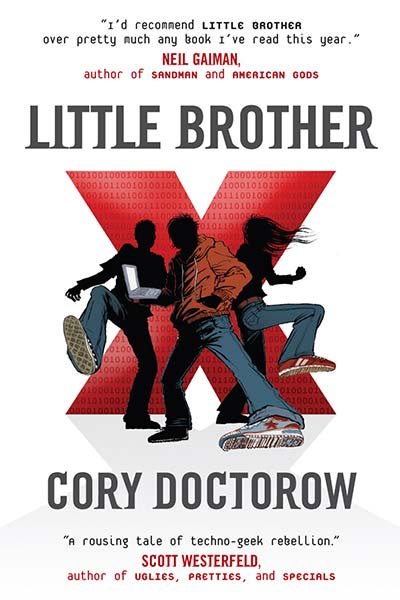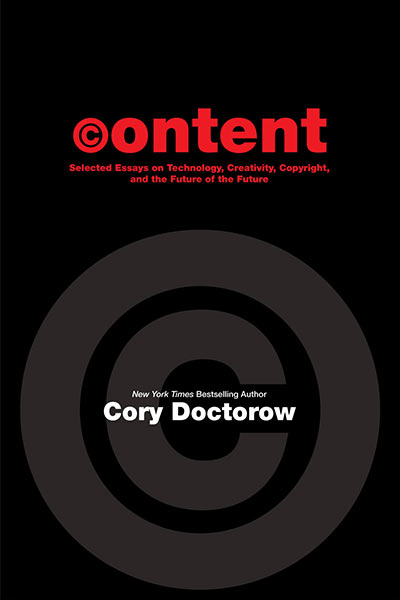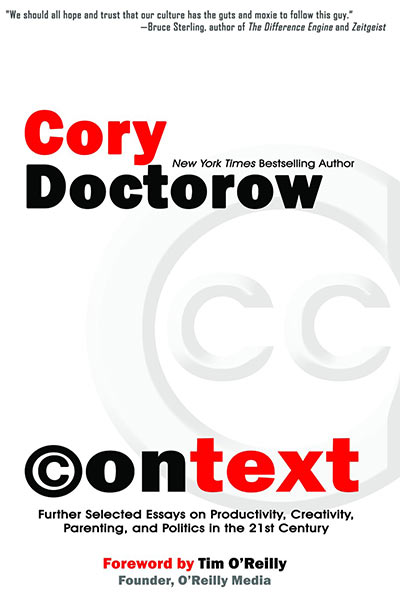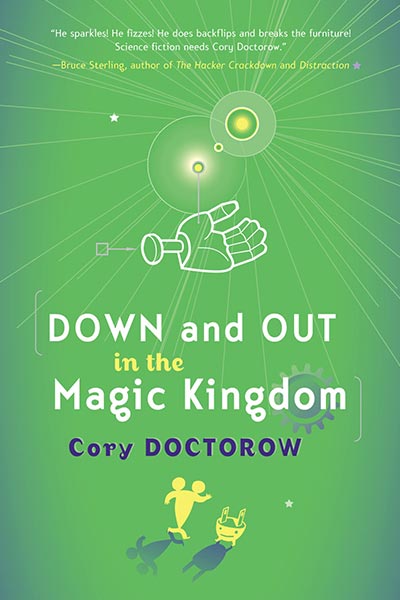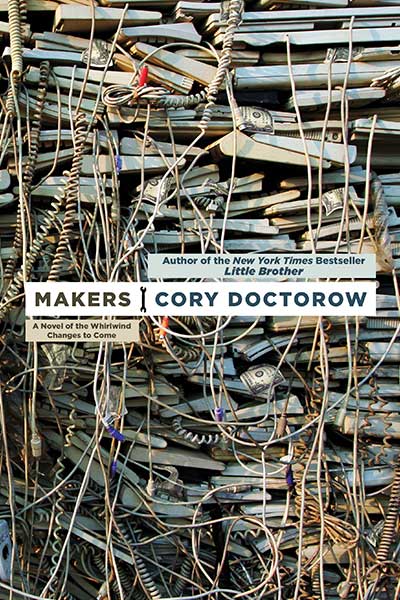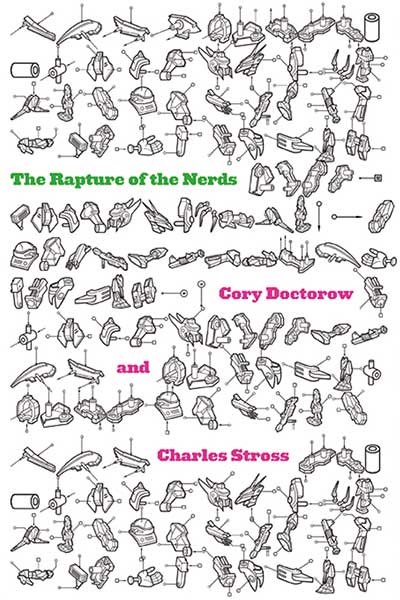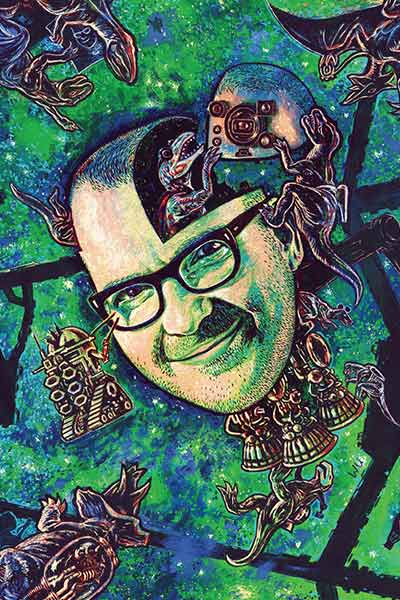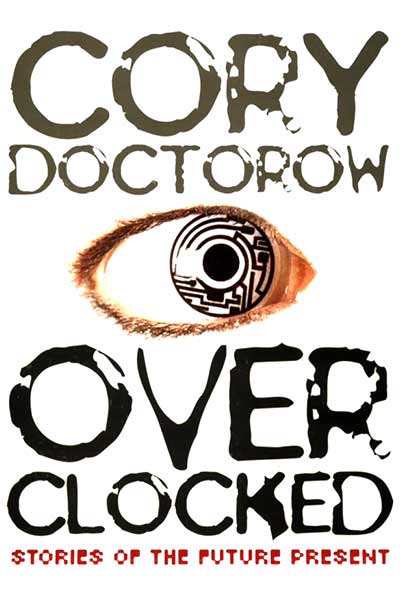I’ve been working on a new novel since last December, working title “Themepunks.” The first third is in the can, and it is a short novel unto itself. The book is about a post-dotcom boom and bust, built on the ready availability of commodity hardware and open source code, and concerns itself with the lives of a gang of visionary tech entrepreneurs, journalists, bloggers, as well as Florida squatters, students in the midwest, and Brazilian geek activists. I’ve read aloud from it on a number of occasions, most recently at the Worldcon in Glasgow in August, and always to enthusiastic responses.
Salon magazine has begun to serialize the book, and they will publish a section every Monday for ten weeks. By that time, I hope act two will be done and Salon will be interested in it, though of course there’s no guarantee of either (but act one is self-contained and stands on its own). When the whole thing is done, Tor will publish it between covers and I’ll be doing my normal Creative Commons release, but I relish the opportunity to do what Dickens did — write a novel in serial form just a few weeks ahead of my readers.
Andrea Fleeks almost never had to bother with the blue blazer these days. Back at the height of the dot-boom, she’d put on her business journalist drag — blazer, blue sailcloth shirt, khaki trousers, loafers — just about every day, putting in her obligatory appearances at splashy press conferences for high-flying IPOs and mergers. These days, it was mostly work at home or one day a week at the San Jose Mercury’s office, in comfortable light sweaters with loose necks and loose cotton pants that she could wear straight to yoga after shutting her PowerBook’s lid.
Blue blazer today, and she wasn’t the only one. There was Morrow from the NYT’s Silicon Valley office, and Spetzer from the WSJ, and that despicable rat-toothed jumped-up gossip columnist from one of the U.K. tech-rags, and many others besides. Old home week, blue blazers fresh from the dry-cleaning bags that had guarded them since the last time the NASDAQ broke 4000.
The man of the hour was Landon Kettlewell — the kind of outlandish prep-school name that always seemed a little made up to her — the new CEO and front for the majority owners of Kodak/Duracell. The despicable rat-toothed Brit had already started calling them Kodacell. Buying the company was pure Kettlewell: shrewd, weird and ethical in a twisted way.
“Why the hell have you done this, Landon?” Kettlewell asked himself into his tie-mic. Ties and suits for the new Kodacell execs in the room, like surfers playing dress-up. “Why buy two dinosaurs and stick ’em together? Will they mate and give birth to a new generation of less-endangered dinosaurs?”
